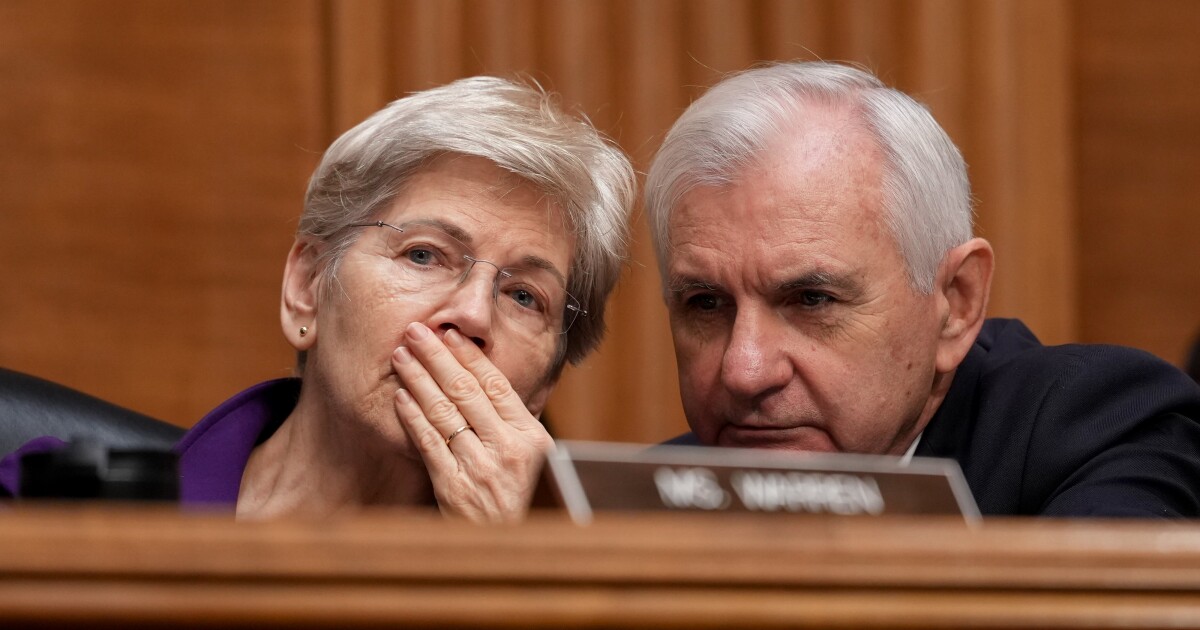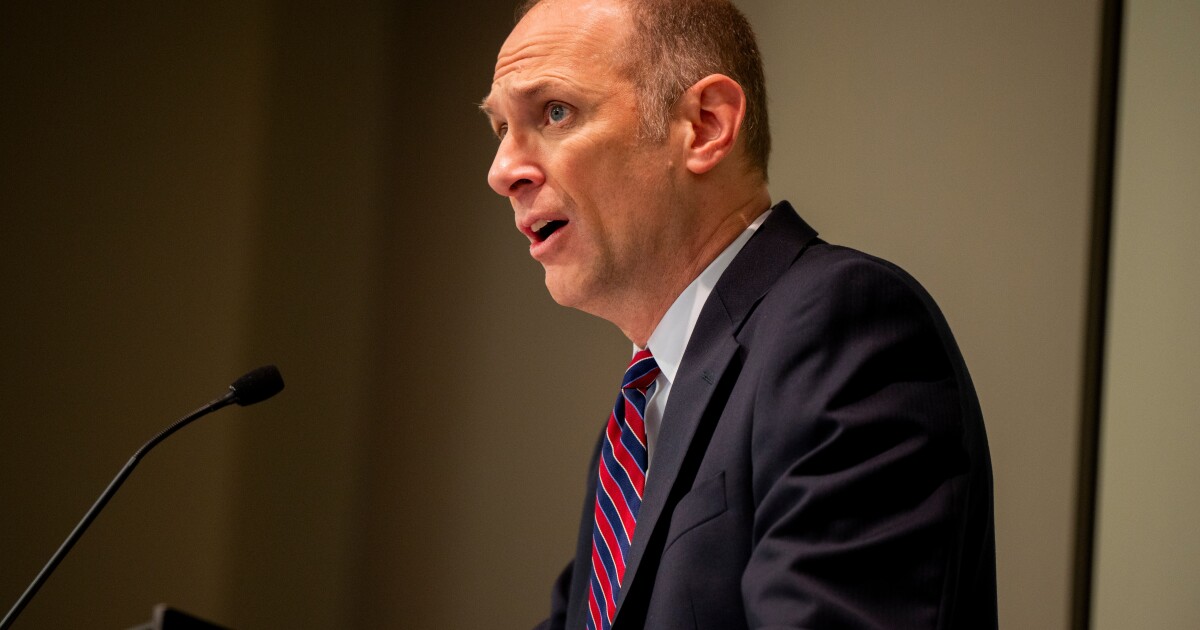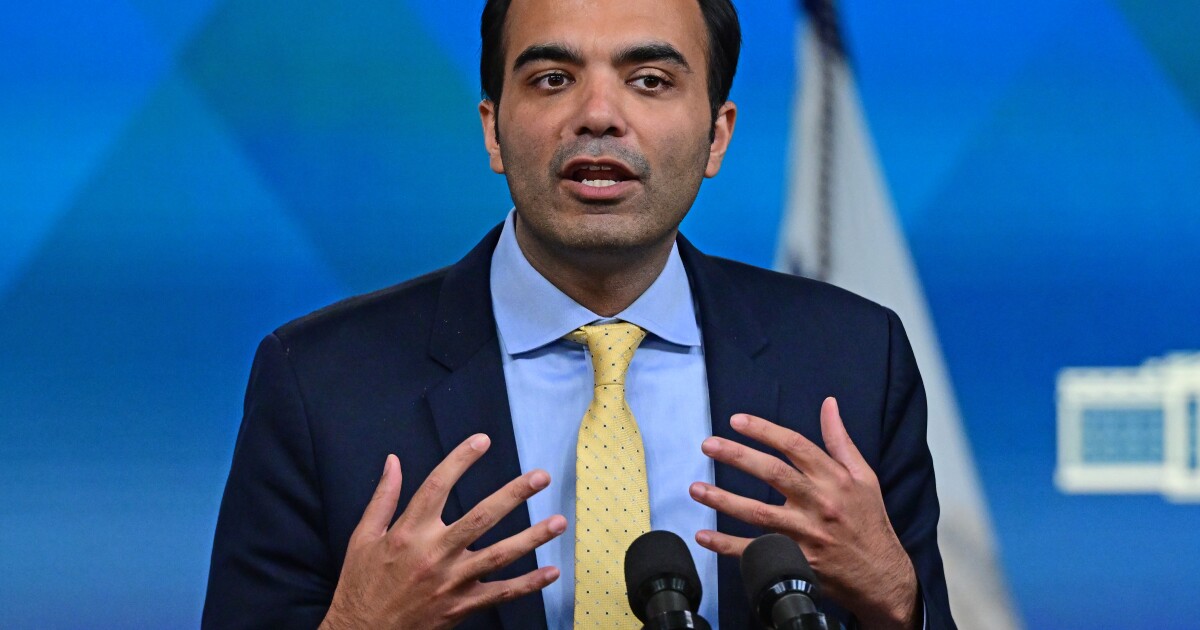
With
Approximately 24% of mortgage holders currently possess a rate above 5%, more than double the share since 2022, according to data from Intercontinental Exchange's mortgage technology unit.
"As recently as two years ago, an astonishing nine of every 10 mortgage holders were below that threshold," said Andy Walden, vice president of research and analysis at ICE Mortgage Technology, in a press release.
Lenders have originated 4 million mortgages with rates above 6.5% since mid 2022, with 1.9 million of those sitting above 7%, ICE's monthly Mortgage Monitor report said.
Across the current housing market, 5.8 million fewer sub-5% mortgages exist today compared to the same time period in 2022. The share with sub-4% rates decreased by 4.8 million.
But while homeowners appear to accept higher rates might be here to stay, it doesn't mean they aren't looking at ways to bring them down.
In an ICE Mortgage Technology borrower survey from this year, over two-thirds of respondents said finding the lowest rate was one of the most important considerations in choosing their lender. The 68% share ranked well above the second most important factor — low lender fees, cited by 47%.
Despite their apparent rate sensitivity, though, borrowers also aren't taking time to window shop. A vast majority looked at two lenders or fewer before taking out their loan. Thirty-six percent considered only one mortgage company, with just under half, or 48%, considering two. The data parallels recent research from Lendingtree that
But Walden also pointed to opportunities among the newer borrower profiles. More recent higher-rate originations represent a potential pipeline for future refinances when the moment is right.
While the share of borrowers with rates above 6% is growing, a noticeable uptick showed up in the number of loans with rates just under 7% compared to above that threshold. The spike of 690,000 borrowers in that particular range likely comes from homeowners choosing to buy down their rates, ICE suggested.
"The concentration of active loans just below 7% has more to do with borrower psychology than concrete savings. There's clearly something appealing in today's market for a homeowner to see a '6' handle in front of their mortgage rate," Walden noted.
"From a rate/term refinance lending perspective, this group is worth watching as they represent a potential tipping point for a return to more meaningful, albeit historically modest, refi volumes."
While refinances are still coming in well under historical levels, approximately one-third of volume in recent weeks have been rate-and-term transactions, with a significant surge in
But any future upturn in refis may not end up spreading the wealth equally across the lending community, a new report from Stratmor Group said. Lenders that
"I've talked with many lenders who believe at the core of their beings that as soon as the next wave of refinances hits the business, all of their problems will go away," said Stratmor senior partner Garth Graham. "But that isn't guaranteed."



